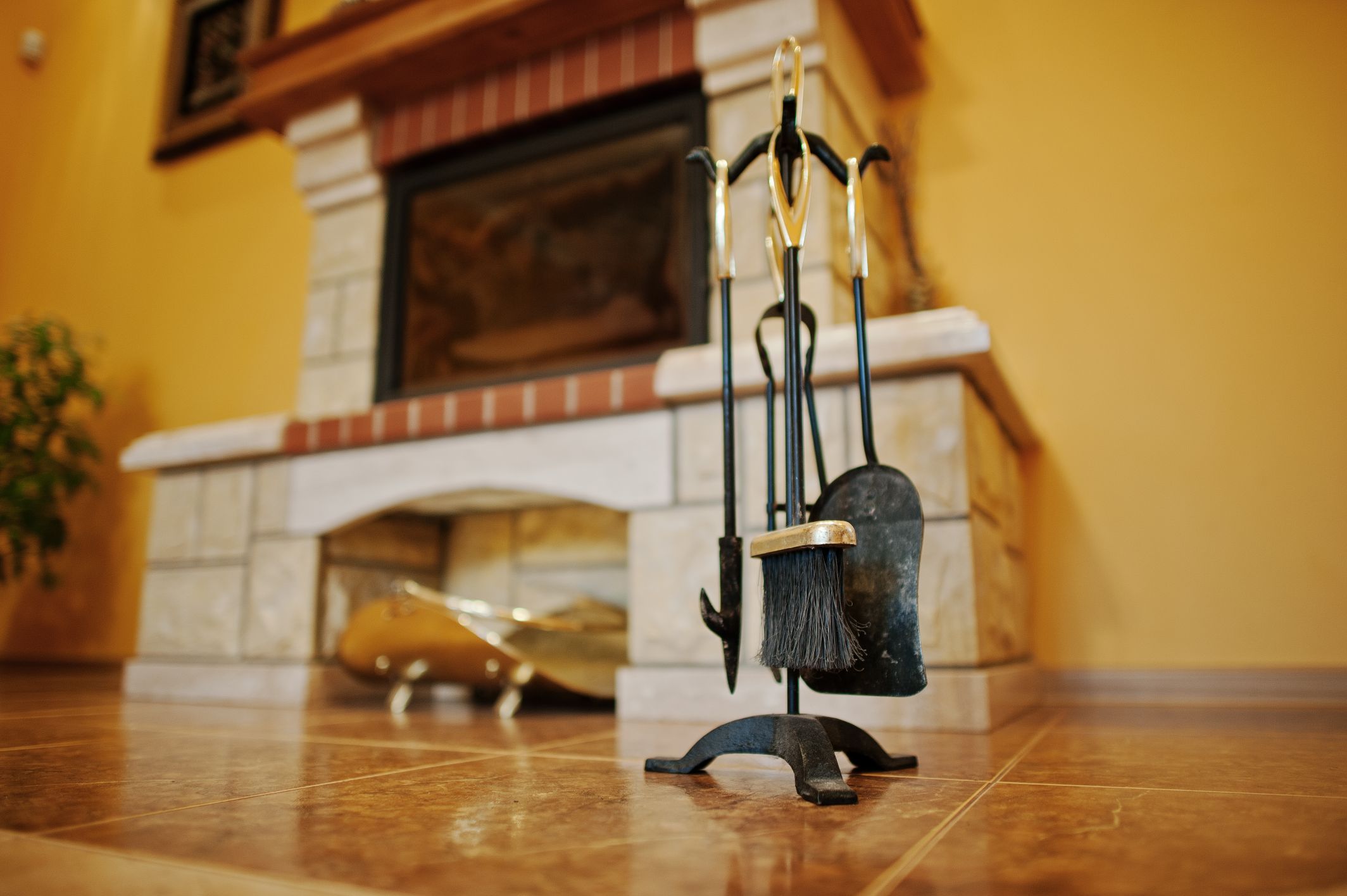Gas Logs What You Need To Know Before Buying
Theres nothing as romantic, inviting or cozy as a log fire; theres also nothing thats so much trouble to clean up afterwards as an ash-filled fireplace. To get away from that problem, some inventive fellows in masonry and stone created the gas log. Gas logs are durable stone-and-inflammable-synthetic blended material that is sculpted to resemble actual logs (and some of the creations are quite natural, with authentic wood colors, textures and even blemishes).
Gas logs are also fairly inexpensive; a gas log set of 18 inches runs around $120; 24 inch sets run from $140 to $180. With vented natural gas burners added, the cost of the units run from $240 to $290 on average, and individual pieces (added to the set already in place for decoration) run about $60 for a set of four.
The most expensive set of logs is the vent-free set, which burns independent of a fireplace or chimney and can use remote control to set the logs afire; these units, set to fit in fireplaces or masonry pipe-furnaces, typically run between $600 and $1000 for top of the line models.
There is more to consider before purchasing these units, however. Incidentally, you should never install gas logs as a do-it-yourself project; its a job for professionals, costing between $200 and $350, depending on time spent.
First, you need to decide what kind of logs, vented or vent-free, you want to have installed. Vented gas logs have several advantagesthey are the most popular log being used, they are installed in a functional wood-burning fireplace (thus they resemble a real log fire), and the logs can be positioned in any arrangement that looks most inviting and authentic. The chimney used for vented logs is always kept open; smoke inhalation is reduced, and the overall safety of the burn is ensured.
Vent-free logs are more expensive and complicated to install (since the element itself will need to be placed in the burning unit), but they compensate for this by needing no outside vent. They are also very efficient in providing heat; an otherwise unheated room such as a basement or warehouse benefits greatly from a masonry fireplace (a large chimney set in the corner) with vent-free burning. These logs can also be installed in an actual fireplace, but because of the inherent connective structure between logs and heating element, the logs cannot be rearranged to the customers taste. They can be fitted for remote control, however.
You should determine if you have a standard fireplace (only one opening, the structure of most fireplaces) or a see-through fireplace (where the fire is visible on two or more sides, or is an open pit covered by a vent). The latter will be more expensive (about double the price) as the gas logset will need to look finished on all sides, but only needs one finished side for a standard fireplace.
Most log sets use natural gas; more troublesome, but less expensive, is propane gas in a reinforced tank set outside the home. This does require a safety pilot, which prevents a gas leak, but the tank has to be refilled or replaced periodically. The pilot light is also more convenient to use than setting a match to the gas log assembly.
You should carefully measure all dimensions of your fireplace to get a properly fitted set of logs; once installed, the log fires energy cost (assuming a BTU rating of 90000), should be around $1.25 an hour for natural gas, $2.50 an hour for a propane tank.
Relatively inexpensive, convenient (especially with remote controlled lighting) and popular, gas logs are hot items on the market right now, for those who take warmth, romance and coziness seriously.
Category: Fireplace Equipment - Retail
Business News
Popular Posts
- How to become a strategic thinker
- how to balance your mind and achieve greater happiness
- Building a Positive Attitude - Strategies for a Happier and More Fulfilling Life
- Overcoming Negative Thoughts - Strategies for a Positive Mindset
- Cultivating Resilience and Mental Toughness - Keys to Thriving Amidst Lifes Challenges
- 50 positive affirmations to be read every day
- Mind Balance - for those who dare to redefine their limits
- 50 ways to be more like Jesus in everyday life
- Take the Wheel-Navigating Life Beyond the Screen
- Unlocking Potential - The Power of Personality Assessment in Overcoming Obstacles
- The Imperative of Unity - Why SmartGuy and Coexistence is Key to Global Survival
- Universal Pursuit of Happiness - Wisdom from World Religions
- Bridging Divides - Understanding Barriers to Unity and Happiness in World Religions
- A Cautionary Vision - The Grim Future of a Divided World Without Love and Balance
- A Universal Prayer for Peace and Understanding Embracing Diverse Faiths
- Preparing Kids for Adulthood - 15 Vital Skills They Wont Learn in School
- Cultivating Key Skills to Overcome Anti-Semitism and Hate
- Jerusalem's Lesson - A Blueprint for Global Harmony Among Diverse Faiths
- Navigating Diversity - Jerusalem's Tactical Approach to Interfaith Harmony
- Living the Teachings of Jesus - 100 Lessons for a Compassionate and Faithful Life
